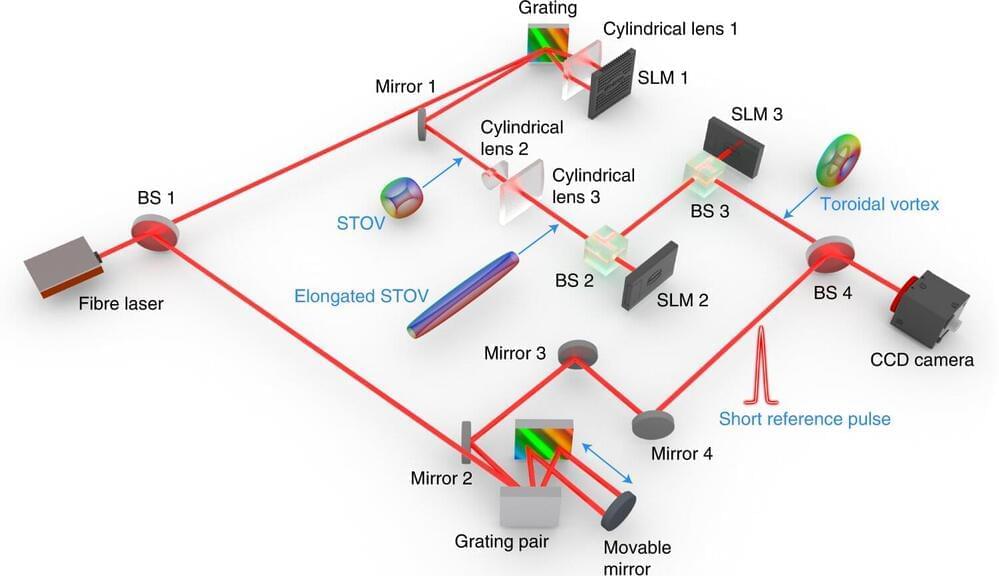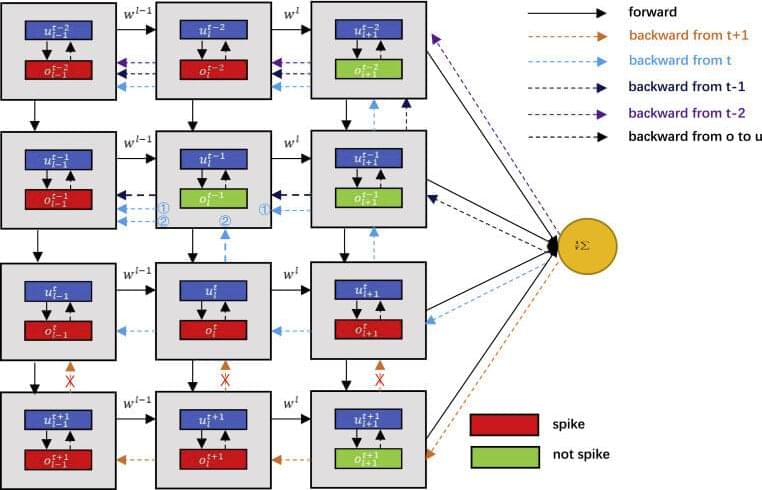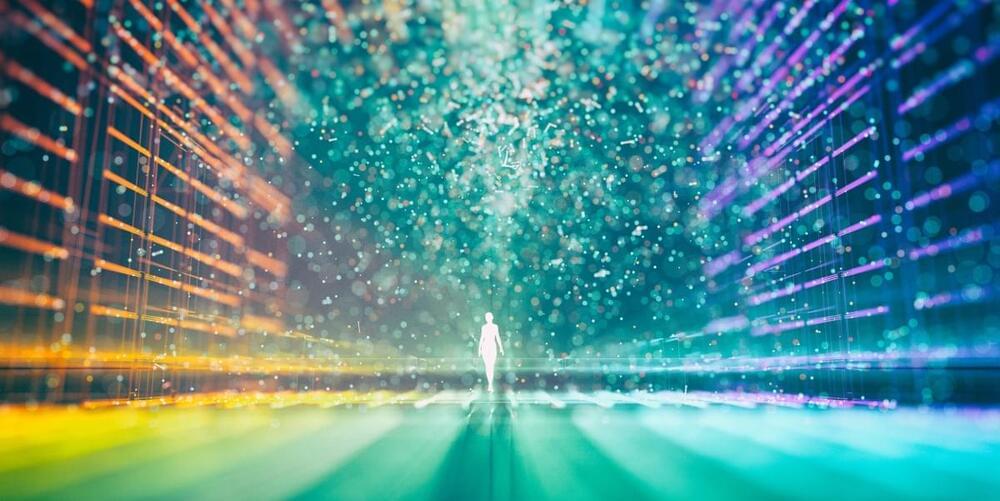A team of researchers from the University of Shanghai for Science and Technology and the University of Dayton has developed a way to bend light into a vortex ring using mirrors, lasers and lenses. In their study, published in the journal Nature Photonics, the group built on work done by other teams in which vortex rings were observed incidentally, and then mathematically designed a system that could generate them on demand.
In 2016, another team of researchers discovered that under the right circumstances, strong pulses of light swirling around a central pipe-shaped pulse, could sometimes form into a donut-shaped vortex. Intrigued by the finding, the researchers with this new effort began to wonder if it might be possible to create such vortex rings on demand.
They started by studying the properties and conditions that had led to the formations observed by the team in 2016 and applied mathematics to the problem. They found solutions that appeared to show how such rings could be made—solutions to Maxwell’s equations, in particular, they found, could be used to generate the kind of conformal mapping required.





